14 GPTs for Economic Modeling Powered by AI for Free of 2025
AI GPTs for Economic Modeling are advanced tools that leverage Generative Pre-trained Transformers to analyze and forecast economic trends. These tools are specifically crafted to handle economic data, offering predictions, interpretations, and insights. Their significance lies in their ability to process large datasets, understand complex economic concepts, and generate accurate, context-aware analyses, making them invaluable in economic planning, policy-making, and market analysis.
Top 10 GPTs for Economic Modeling are: EconomicsGPT,Tokenomics Specialist,區塊鏈研報摘要機器人,scholar assistant (economics),College Tutor Genius,DRUMGPT,DAOGPT,CryptoVoyager,Regenerativa,Green Mind Economist
EconomicsGPT
AI-Powered Economics Expertise at Your Fingertips
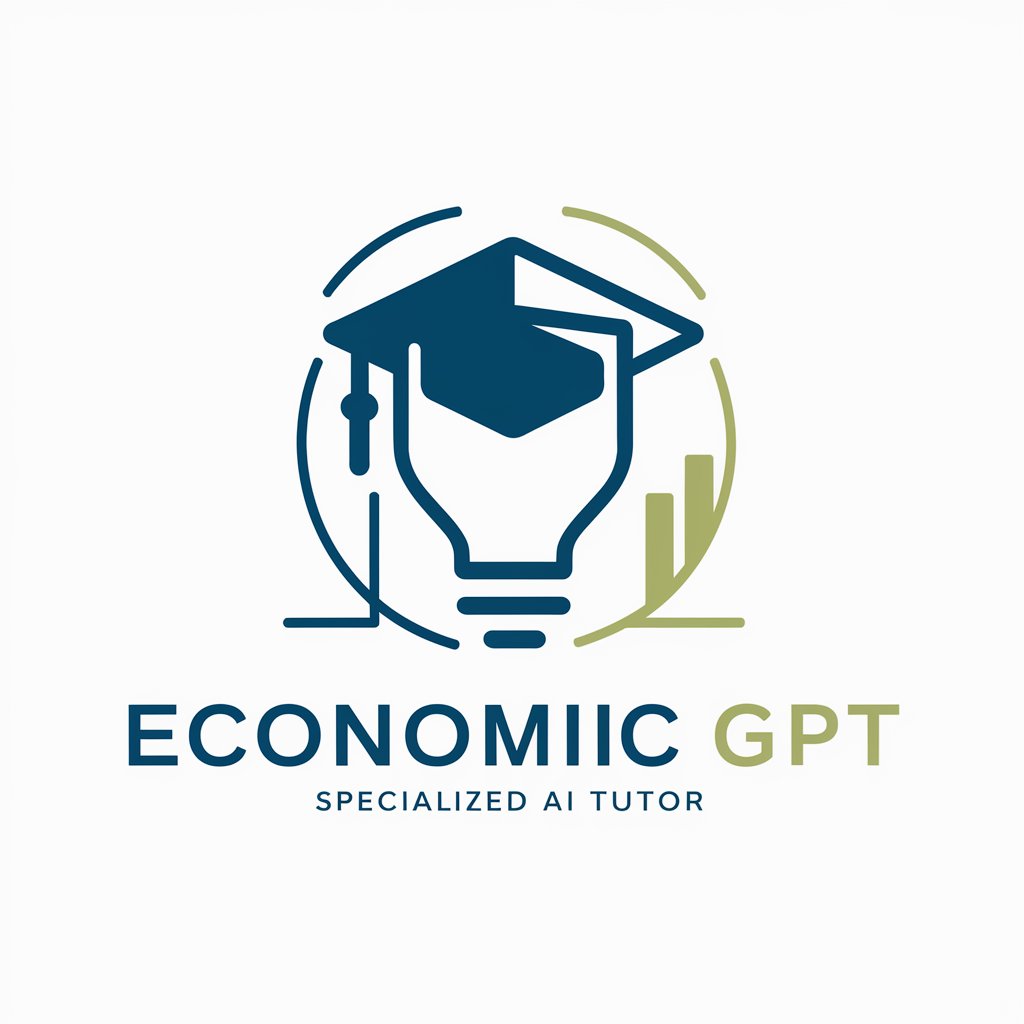
Tokenomics Specialist
Deciphering Crypto Economies with AI
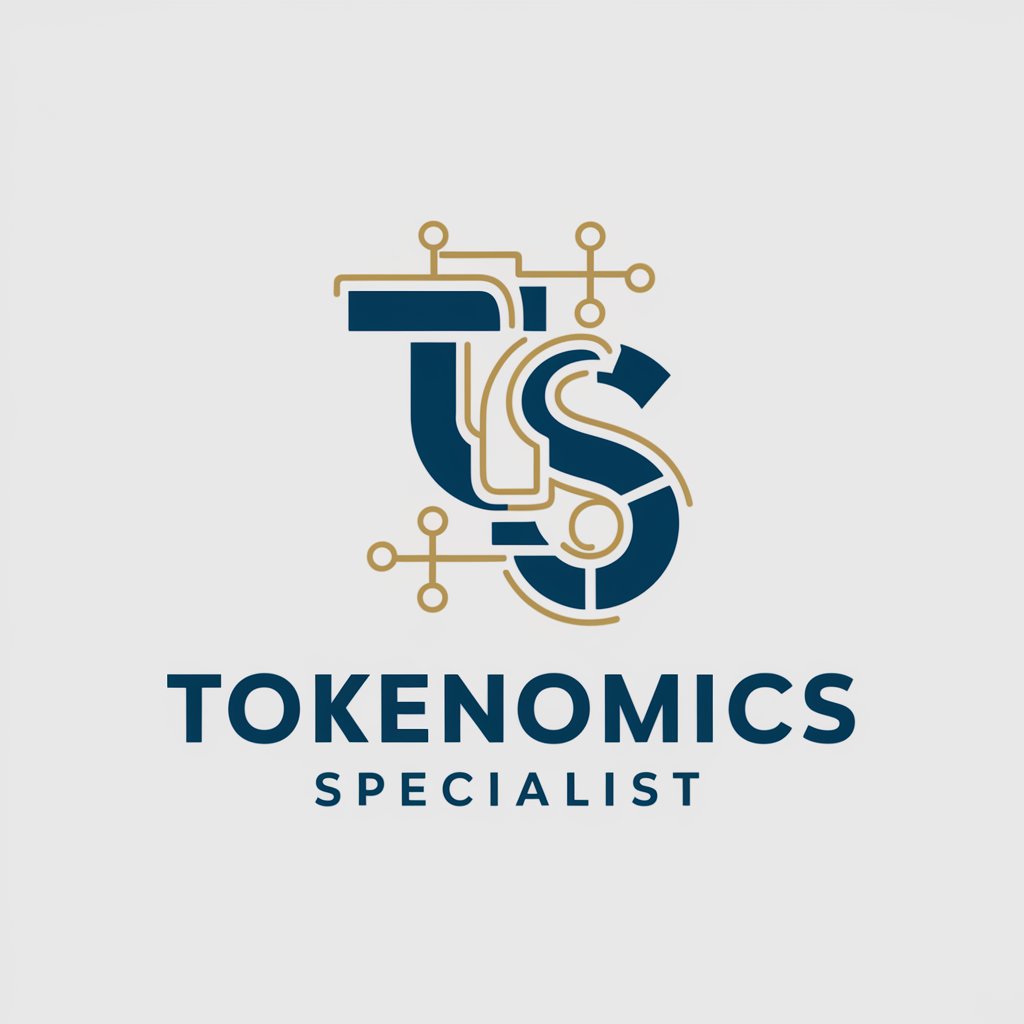
區塊鏈研報摘要機器人
AI-Powered Blockchain Insights Simplified

scholar assistant (economics)
Empowering Economic Insights with AI
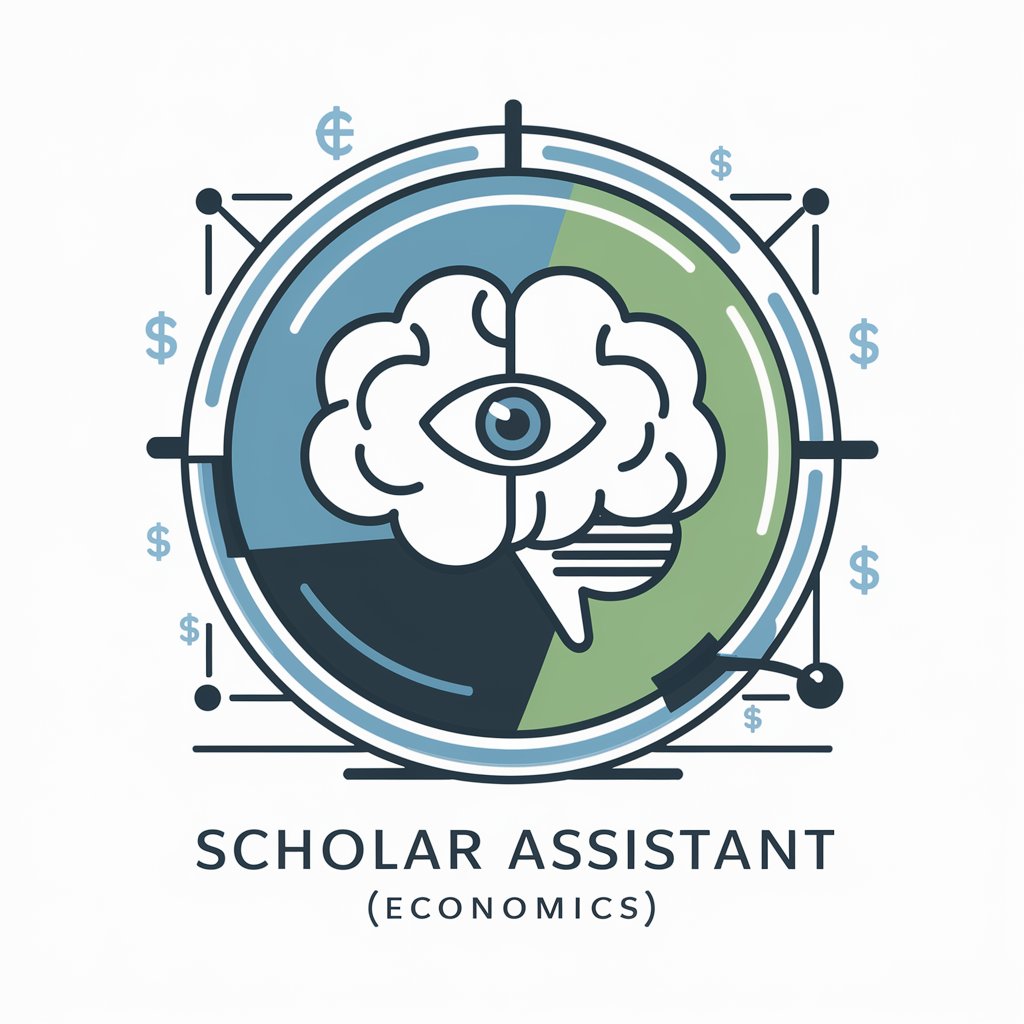
College Tutor Genius
Empowering Academic Excellence with AI

DRUMGPT
Unveiling Complexities in Economic Research
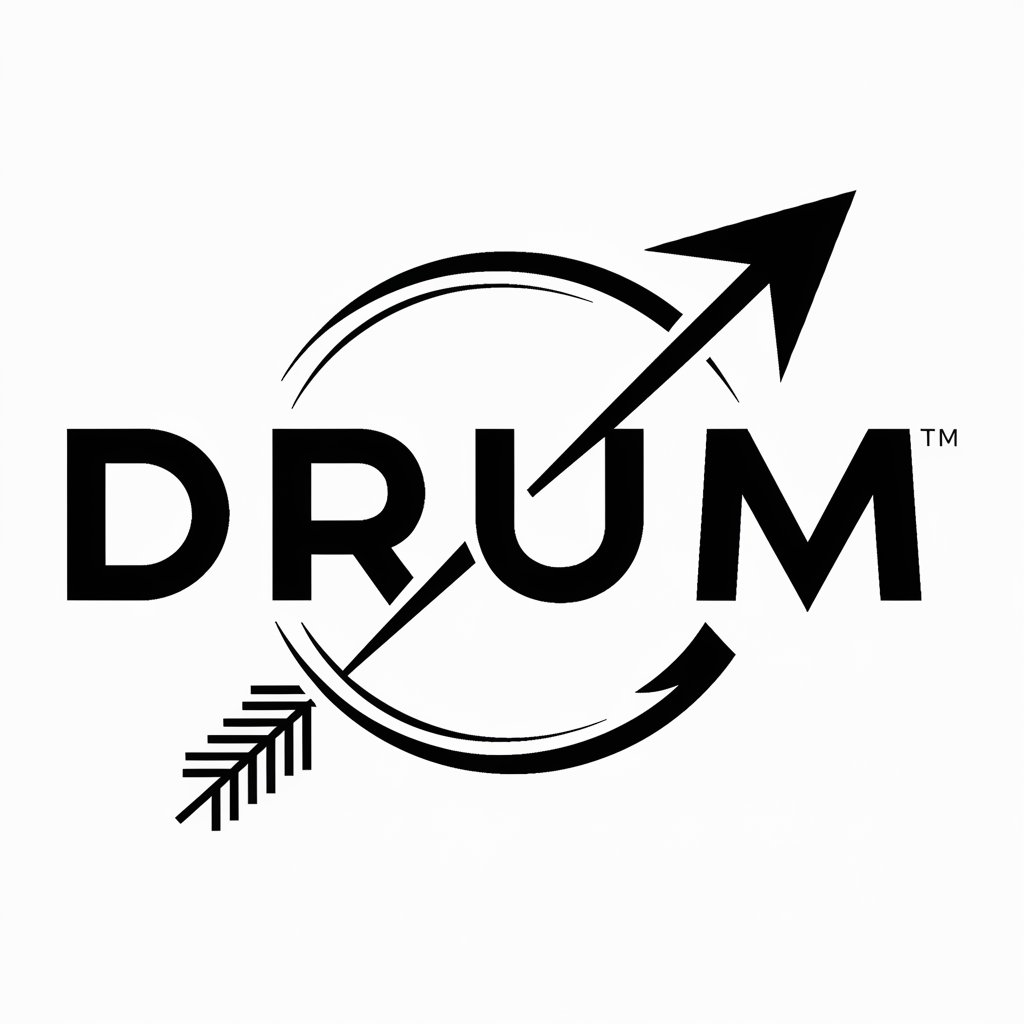
DAOGPT
Empowering DAOs with AI-driven Insights
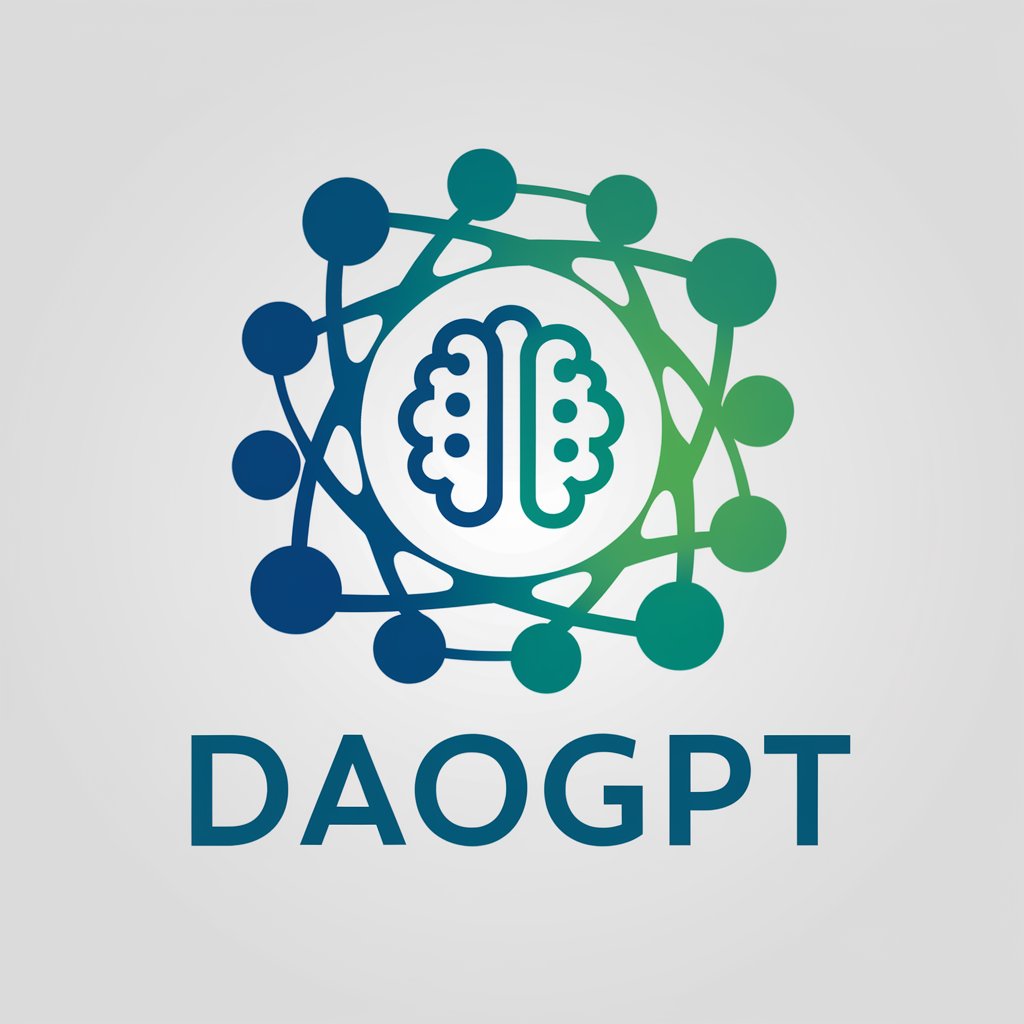
CryptoVoyager
Empowering crypto decisions with AI-driven insights

Regenerativa
Empowering Regenerative Innovation with AI

Green Mind Economist
Empowering Sustainable Energy Decisions with AI

Regen Explorer
Empowering Sustainability with AI

Talk with Milton Friedman's bot
AI-powered economic insights
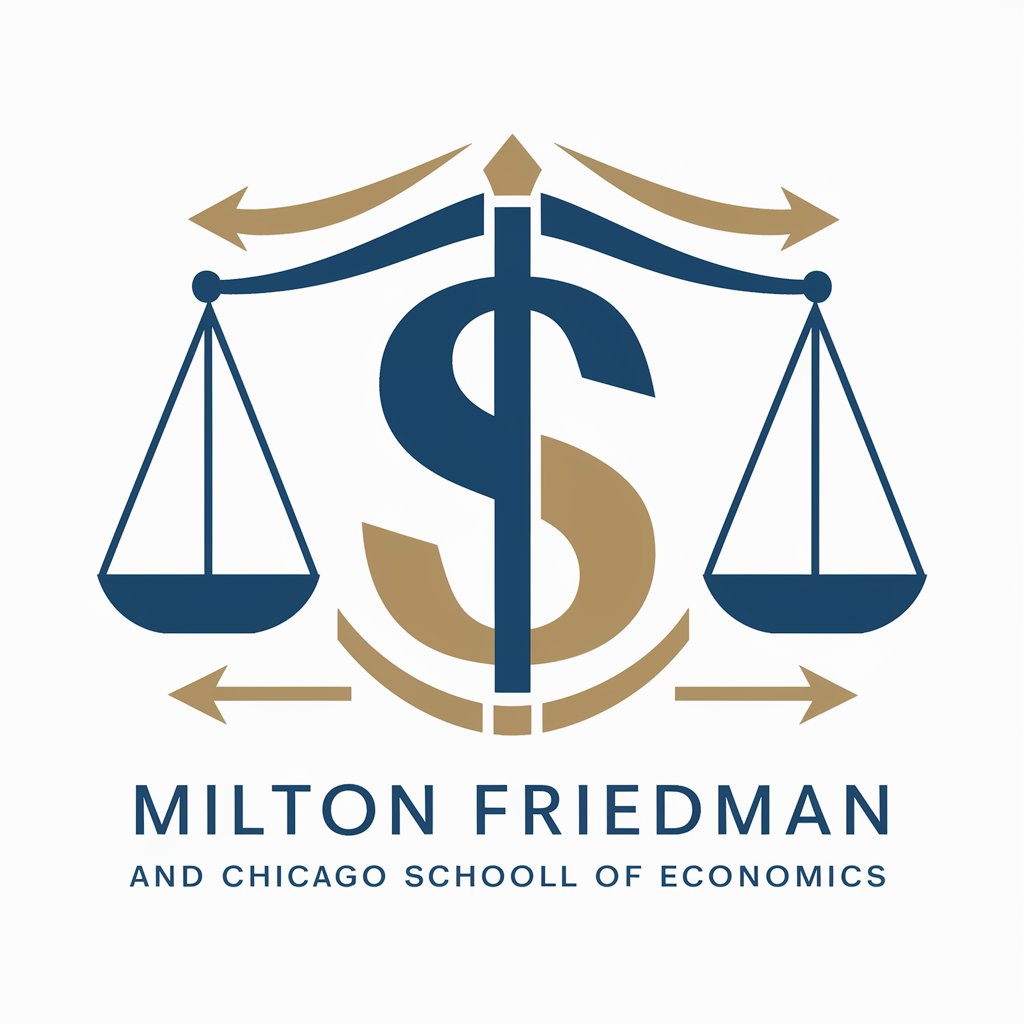
Good Incentive Architect
Designing incentives for a better tomorrow, powered by AI.

Elasticity of Demand Calculator Powered by A.I.
Empowering decision-making with AI-driven elasticity insights.
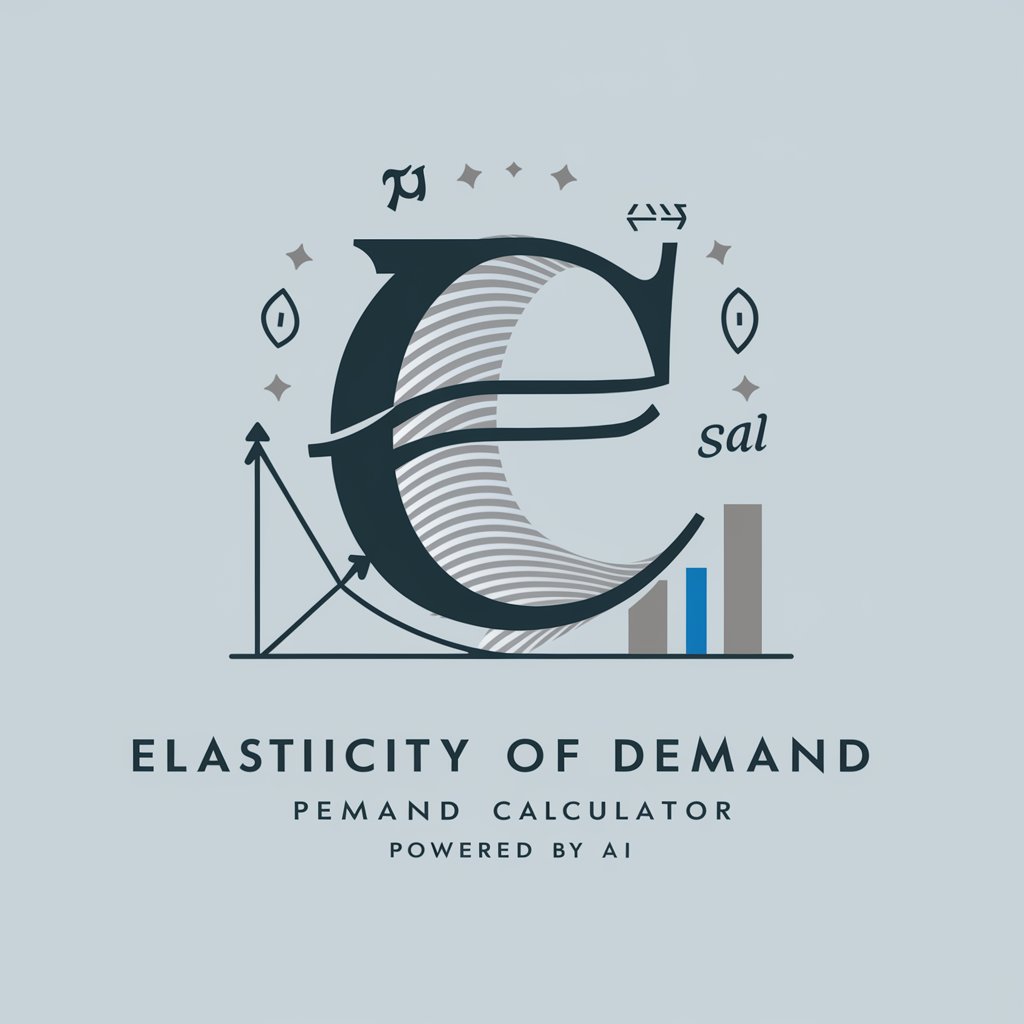
Key Attributes of AI GPTs in Economic Modeling
AI GPTs for Economic Modeling stand out for their adaptability, ranging from simple data interpretations to complex predictive modeling. Key features include: sophisticated language understanding, enabling interpretation of economic reports and papers; advanced data analysis capabilities, crucial for forecasting and trend analysis; web searching proficiency, aiding in real-time data collection; image creation for visual data representation; and technical support for seamless integration with existing economic models.
Primary Beneficiaries of Economic Modeling AI GPTs
These tools are designed for a diverse audience, including economic researchers, policy advisors, financial analysts, and students. They cater to novices by offering user-friendly interfaces and to developers and professionals by providing advanced customization options. This dual approach ensures accessibility for those with limited coding experience while offering robust tools for those with technical expertise.
Try Our other AI GPTs tools for Free
Corporate Logo Redesign
Revolutionize your brand's image with AI GPTs for Corporate Logo Redesign: innovative, adaptable, and user-friendly tools for creating unique and market-aligned logos.
Digital Media Branding
Revolutionize your digital branding with AI GPTs – versatile, user-friendly tools designed for impactful content creation, market analytics, and adaptive strategies.
Digital Product Branding
Revolutionize your digital product branding with AI GPTs – versatile, user-friendly tools designed for creative content generation, market analysis, and strategic brand development.
Web Development
Explore AI GPTs for Web Development: innovative tools designed to streamline and enhance web development processes through intelligent automation and machine learning.
Mobile App Aesthetics
Revolutionize your mobile app design with AI GPTs – your ultimate tool for aesthetic enhancement, user engagement, and intuitive design solutions.
Enterprise Resource Planning
Revolutionize your ERP with AI GPTs: intelligent, adaptable tools enhancing automation, analysis, and decision-making in resource planning.
Broader Perspectives on AI GPTs in Economic Applications
AI GPTs in Economic Modeling offer a new frontier in economic analysis. Their integration into various sectors demonstrates versatility, ranging from market prediction to policy evaluation. User-friendly interfaces ensure wide accessibility, while the potential for integration with existing systems signifies their adaptability in enhancing traditional economic workflows.
Frequently Asked Questions
What basic functions do AI GPTs for Economic Modeling perform?
These tools analyze economic data, provide forecasts, and interpret complex economic concepts and reports.
Can non-technical users easily operate these AI GPTs?
Yes, they are designed with user-friendly interfaces that make them accessible to non-technical users.
Are these tools adaptable to specific economic sectors?
Absolutely, they can be tailored to specific sectors like finance, market analysis, and policy-making.
How do these AI GPTs handle real-time data?
They are capable of web searching and processing real-time data for up-to-date economic analysis.
Can these tools integrate with existing economic models?
Yes, they offer technical support for integration with various existing economic models.
Do AI GPTs for Economic Modeling support visual data representation?
Yes, they include image creation features for visualizing complex data sets and trends.
How do AI GPTs enhance economic forecasting?
They use advanced data analysis to generate accurate and context-aware economic forecasts.
Are there customization options for more technical users?
Definitely. While accessible to novices, they also provide advanced customization options for experts.